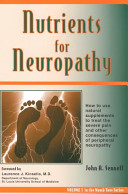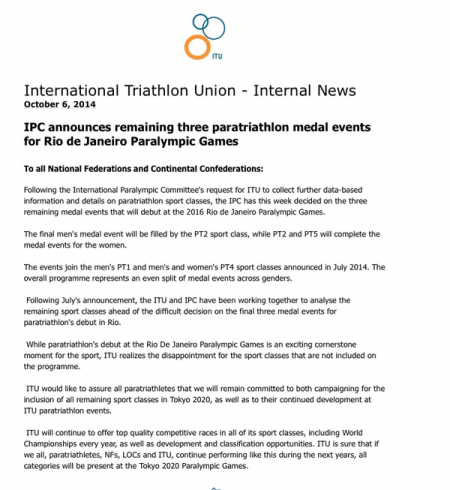September was CMT Awareness Month. I decided to use my blog to raise a bit of CMT Awareness by doing an “alphabet challenge” – blogging a letter / key word of the things I face with CMT and as an athlete with CMT. I didn’t make it through the full alphabet in September so I am continuing my challenge through October. Today is brought to you by the letter T. I hope my blogging will help you to learn more about CMT – the most common but least well known hereditary nerve disorder – and me. And I hope this will also help to raise funds for the Charcot Marie Tooth Association to support its efforts to find a treatment for CMT. You can join me in learning more about CMT by clicking onto www.cmtausa.org and of course a donation would be wonderful too!
My diagnosis of nerve disease was a big surprise to me. Way back in 2003 when my local running shop wouldn’t sell me shoes until I got my feet checked out (they rolled around a lot when I stepped – a clear sign that I need orthotic stabilisation, and a that the pain I was feeling would not be solved with a new pair of shoes) I found myself lying on an examination table with a neurologist. I was told to lean back and not look, just to let the neurologist know when I felt a pin prick. When I said “now” and looked down, the pin was at my ankle bone. “You did not feel the pin when I poked your toe,” he said to me, “a clear sign that you have a neurological problem which is probably what is leading to your foot pain.”
It was shocking to realise that I could not feel a pin poking into my big toe. Surprising to realise that in fact that sensation on my entire foot area is dramatically less than “normal”. Who knew that what I feel is basically equivalent to how someone “normal” feels if they wear thick socks all the time?!
~.~
When I was first diagnosed with CMT it was scary. I was handed a diagnosis and told my future progression would be uncertain. When I went online I only really read about extreme cases. As I mentioned before, my first instinct was to bury my head in the sand and pretend like nothing was wrong. But I knew this wasn’t the right choice, so I went in search of positive information.
I joined an online group and one of the series of books that was recommended was called “Numb Toes and Other Woes” – it seemed an appropriate place to start to learn information about peripheral neuropathy. So I ordered it, and companion book “Nutrients for Neuropathy”.

John Senneff is a retired lawyer who was diagnosed with neuropathy. The books are a detailed chronicle of absolutely everything he learned about living with nerve issues – from nerve pain to numbness, from medication to causes. They are considered a vital resource by many. Although the books did not specifically address CMT, they did point my thinking down a positive path – how to eat well in order to manage the symptoms that may arise from CMT.
From toes to diet…
~.~
At the moment I am battling a different kind of toe issue. I seem to have developed a lump and pain on the ball of my foot, just between my big and first toes. It almost feels like a splinter gone mad.
Getting splinters in the feet and not noticing it is pretty common with CMT. So I know that I need to make an appointment with SOMEONE to get this looked at. But who?
Slowly as the pain continues I am taking steps to figure this out – and I am sure that this too will have an answer. But until I sort it out, my triathlon training is hitting a few lows. Particularly the bike where I find I feel pressure in exactly the spot where I am having pain.
Two steps forward, one back…
~.~
Speaking of forward and backward steps, on October 6th the International Triathlon Union announced the final categories for inclusion in the Rio 2016 Paralympics.

It was definitely a hard thing to see – watching the unbridled joy of those who could continue to pursue excellence and representation at Rio. And the disappointing lack of some categories, ending some friends years long dreams.
Perhaps the most interesting thing I read about the category selection was that for the women, the only eligible categories were those selected – PT2, PT4 (both limb impairments but using “standard” equipment) and PT5 (vision impaired athletes). And that the excluded categories (PT1 chair athletes, and PT3 limb impairments) just didn’t have enough participants or cross continent participation to be included.
For me this all goes back to how in my opinion national federations need to do more to support the grass roots of the sport.
How? There are so many ways this could be done – from implementing the PC Open system as the US has done this year, to asking big event organisers to consider adding a PC Wave. I suggested an simple change to promote paratriathlon multiple channels but which still has not been taken up by Triathlon England. In London we have the London League – where triathlon clubs earn points at league designated races and compete for top club honours each year. I suggested that paratriathletes be able to earn points for their clubs, by including a PC racing category in all London League events (or even just a few that have sufficient accommodations in place). And no one has ever followed up with this – besides the simple acknowledgement of my emails.
It is frustrating as an athlete – how can we grow our sport to make it more competitive, to ensure all categories of impairment have Rio as an option?
And it is frustrating as someone who has drunk the KoolAid and seen how much triathlon has benefited my own health and well being. It is – along with food (thanks to John Senneff for pointing me down that path in 2004) – my only medicine.
I wonder what will happen to the sport – if athletes will leave it, if they will continue to support new people into triathlon or if they will get fed up and just wash their hands? I suppose only time will tell.
~.~
Swim Bike Run. Toes and Woes.
And slowly making my way to the end of my blogging alphabet challenge!
As I blog my way through the alphabet to raise awareness of CMT, today’s post was brought to you by the letter “T” – Toes and Triathlon. You can learn more about CMT and donate to support the search for a treatment for this (at present) incurable progressive degenerative nerve disease at www.cmtausa.org — Thank you!
